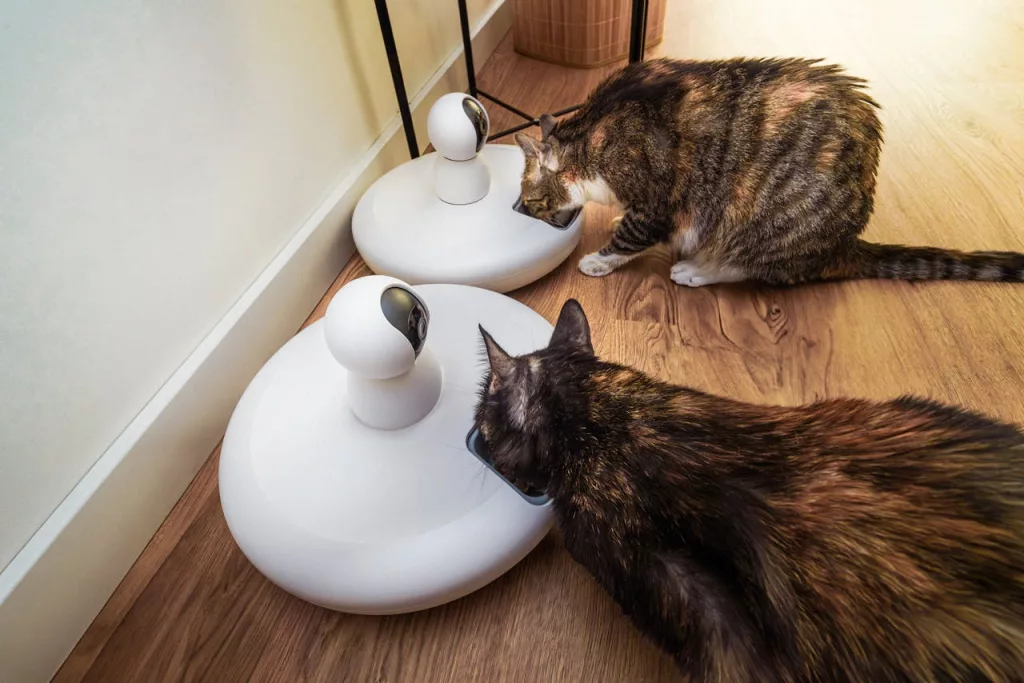Pets have fascinated humans for centuries, not just for their companionship but also for their remarkable intelligence. Whether it’s a dog performing complex tricks, a cat solving puzzles, or a parrot mimicking human speech, animals display a wide range of cognitive abilities. But what exactly makes pets intelligent, and how do scientists measure their mental capabilities?
In this blog, we’ll dive into the science behind pet intelligence, exploring how animals think, learn, and interact with the world around them.
Understanding Pet Intelligence
Pet intelligence is a combination of cognitive skills, including problem-solving, memory, learning ability, and even emotional understanding. Different species—and even individual animals—excel in different areas. While dogs are known for their loyalty and ability to follow commands, cats demonstrate exceptional curiosity and independence. Birds, especially parrots, show remarkable language and reasoning skills.
Researchers categorize animal intelligence into several key areas:
- Adaptive Intelligence: How well an animal can solve problems and learn from its environment.
- Instinctive Intelligence: Behaviors hardwired into an animal’s brain, often related to survival.
- Working and Obedience Intelligence: The ability to learn from humans and perform tasks.
How Scientists Measure Animal Intelligence
Measuring intelligence in animals isn’t as straightforward as it is with humans. There’s no “IQ test” for pets, but scientists use various methods to evaluate their cognitive abilities:
- Problem-Solving Tasks: Animals are presented with puzzles or challenges to see how they figure out solutions. For example, researchers might hide a treat under a container to observe if a dog or cat can uncover it.
- Memory Tests: These tests assess an animal’s ability to remember information over time. Dogs, for example, can recall specific commands even after long periods, while birds like crows remember faces and complex routes.
- Social Intelligence: This examines how pets interact with humans and other animals. Dogs are particularly skilled at reading human emotions and body language, which is part of why they make such great companions.
- Language and Communication Skills: Some animals can learn to understand and respond to human language. Parrots can mimic words and even understand simple concepts, while dogs can recognize hundreds of words and gestures.
Surprising Facts About Pet Intelligence
- Dogs Understand More Than Commands: Research shows that dogs can understand human emotions through facial expressions and voice tone. They even experience jealousy and empathy.
- Cats Are Masters of Observation: Cats may seem indifferent, but they are incredibly observant and can learn routines, open doors, and even manipulate their environment to get what they want.
- Birds Have Advanced Problem-Solving Skills: Crows and parrots are among the smartest birds. They use tools, recognize themselves in mirrors (a sign of self-awareness), and solve complex puzzles.
- Fish Are Smarter Than You Think: Studies show that some fish can recognize their owners, navigate mazes, and even exhibit social learning behaviors.
The Role of Training and Environment
While genetics play a role in an animal’s intelligence, the environment and training significantly impact cognitive development. Pets that receive mental stimulation through play, training, and interaction tend to be more adaptable and display higher problem-solving skills. Puzzle toys, new experiences, and positive reinforcement training are great ways to boost your pet’s brainpower.
Final Thoughts
Pet intelligence is a fascinating blend of nature and nurture. While different species (and breeds) excel in various cognitive areas, every pet has unique strengths. By understanding how your pet thinks and learns, you can create a more enriching environment that keeps them mentally stimulated and happy.
So, the next time your dog figures out a new trick or your cat opens a door, you’ll know there’s real science behind those clever behaviors. Intelligence isn’t just about tricks; it’s about how pets connect with us, solve problems, and navigate their world—and that’s what makes them truly remarkable.

